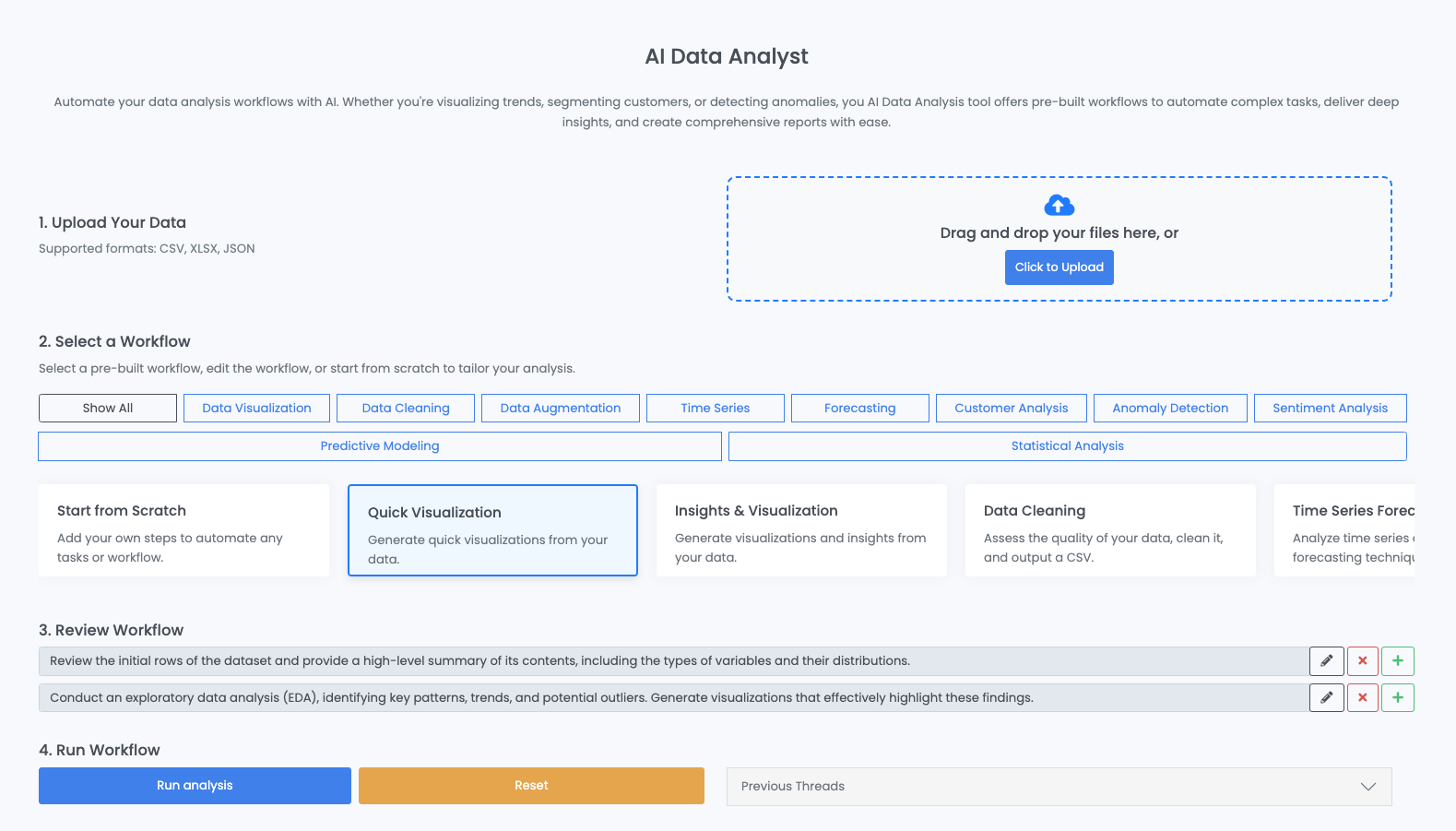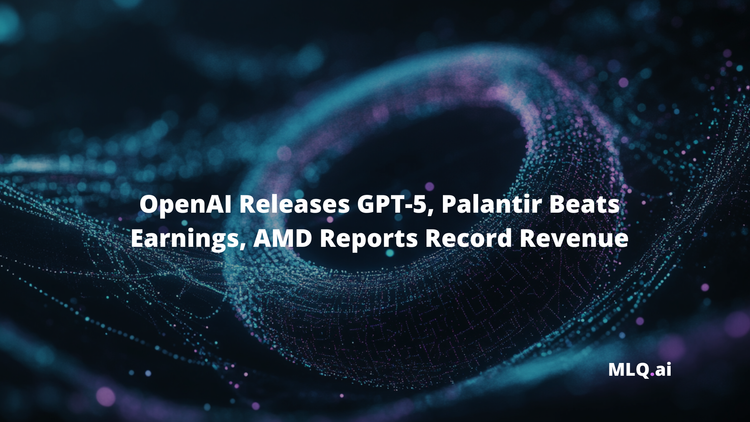OpenAI has released a new series of AI models called OpenAI o1, designed to enhance reasoning capabilities in complex tasks such as science, coding, and mathematics.
This release aims to improve the way AI models process information by spending more time "thinking" before generating responses.
At MLQ, we've been developing an AI data analyst, which uses multi-step prompt chaining combined with coding and file retrieval to answer complex data questions...so we will certainly we using this model to take the tool to the next level.

OpenAI o1: Enhanced Reasoning Models
The o1 series focuses on improving the reasoning process of AI models. By training these models to spend additional time analyzing and refining their responses, they can tackle more complex problems than previous iterations like GPT-4.
Key Benchmarks:
- Mathematics: In a qualifying exam for the International Mathematics Olympiad (IMO), the o1-preview model correctly solved 83% of the problems, a significant increase from GPT-4's 13% success rate.
- Coding Proficiency: The o1-preview model reached the 89th percentile in Codeforces competitions, showcasing its ability to handle complex coding tasks and debug code effectively.
- Science Disciplines: The model performs at a level comparable to PhD students on challenging benchmark tasks in physics, chemistry, and biology.
How OpenAI o1 Works
The o1 models are trained to emulate a more thoughtful problem-solving approach. They engage in a refined thinking process that involves:
- Analyzing Problems Thoroughly: Taking time to understand the complexities of a problem before attempting to solve it.
- Exploring Multiple Strategies: Considering various methods to find the most effective solution.
- Recognizing and Correcting Mistakes: Identifying errors in their reasoning and adjusting accordingly.
This approach allows the models to handle tasks that require multi-step reasoning and a deeper understanding of the subject matter.
OpenAI o1-mini: a cost-effective alternative
In addition to the o1-preview model, OpenAI introduced o1-mini, a smaller and more efficient model optimized for coding tasks.
- Performance: Nearly matches o1-preview on benchmarks like AIME and Codeforces.
- Cost Efficiency: Approximately 80% cheaper than o1-preview, making it suitable for applications requiring reasoning without extensive world knowledge.
Accessing OpenAI o1 Models
For ChatGPT Users:
- ChatGPT Plus and Team Users: Both o1-preview and o1-mini are available starting today. Users can select the models manually in the model picker. Initial weekly rate limits are set at 30 messages for o1-preview and 50 for o1-mini.
- ChatGPT Enterprise and Edu Users: Access to both models will begin next week.
- Future Plans: There are plans to make o1-mini available to all ChatGPT Free users.
For Developers:
- API Access: Developers with API usage tier 5 can start using both models today with a rate limit of 20 requests per minute (RPM).
- Current Limitations: The API does not currently support function calling, streaming, or system messages for these models.
- Documentation: Developers can refer to the API documentation for guidance.
Future Developments
OpenAI plans to enhance the o1 series further by:
- Adding Features: Integrating browsing capabilities, file and image uploading, and other functionalities to improve usability.
- Model Updates: Providing regular updates to improve performance and address any issues.
- Continued Development of GPT Series: Alongside the o1 series, OpenAI will continue to develop and release models in the GPT series.
Summary: OpenAI releases o1 model
The OpenAI o1 series represents a step forward in AI's ability to handle complex reasoning tasks. By improving the thought process behind responses, these models demonstrate significant advancements in fields that require deep analytical skills.
For researchers, developers, and professionals working with complex scientific, mathematical, or coding problems, the o1 series offers new tools to assist in solving challenging tasks more effectively.
Sources:






